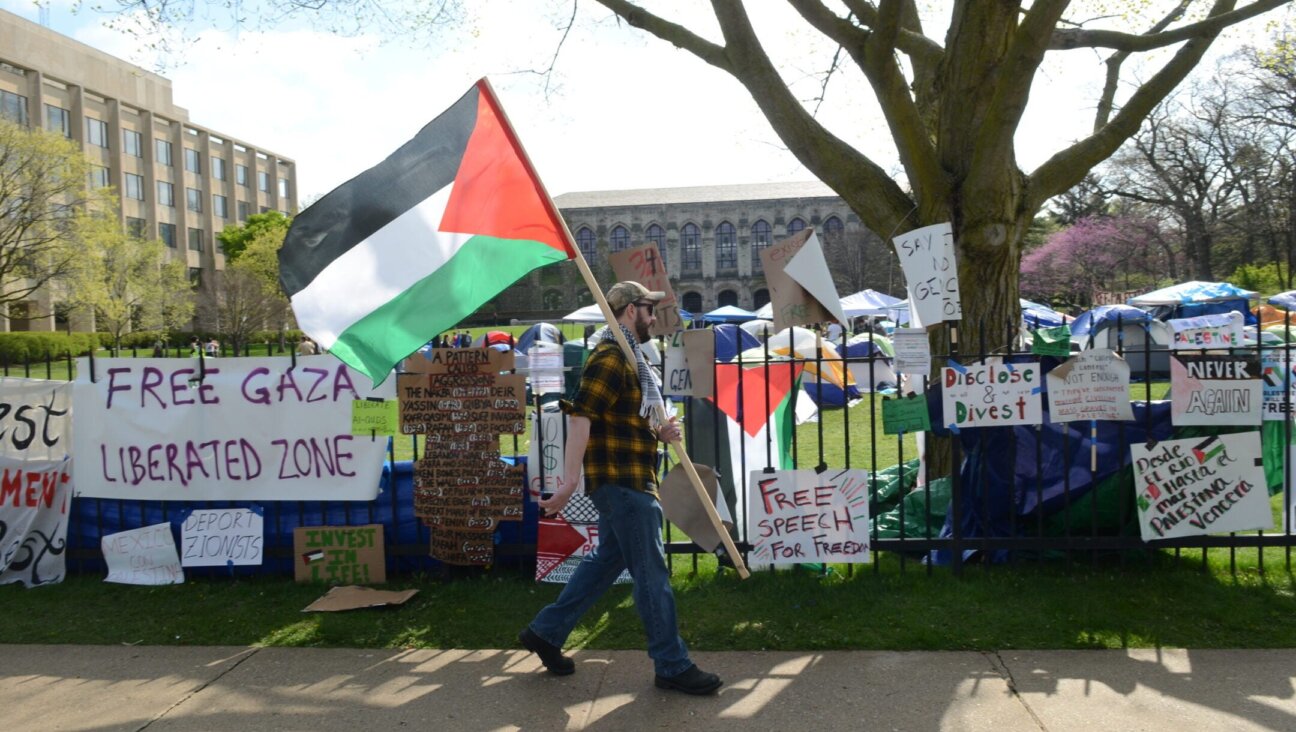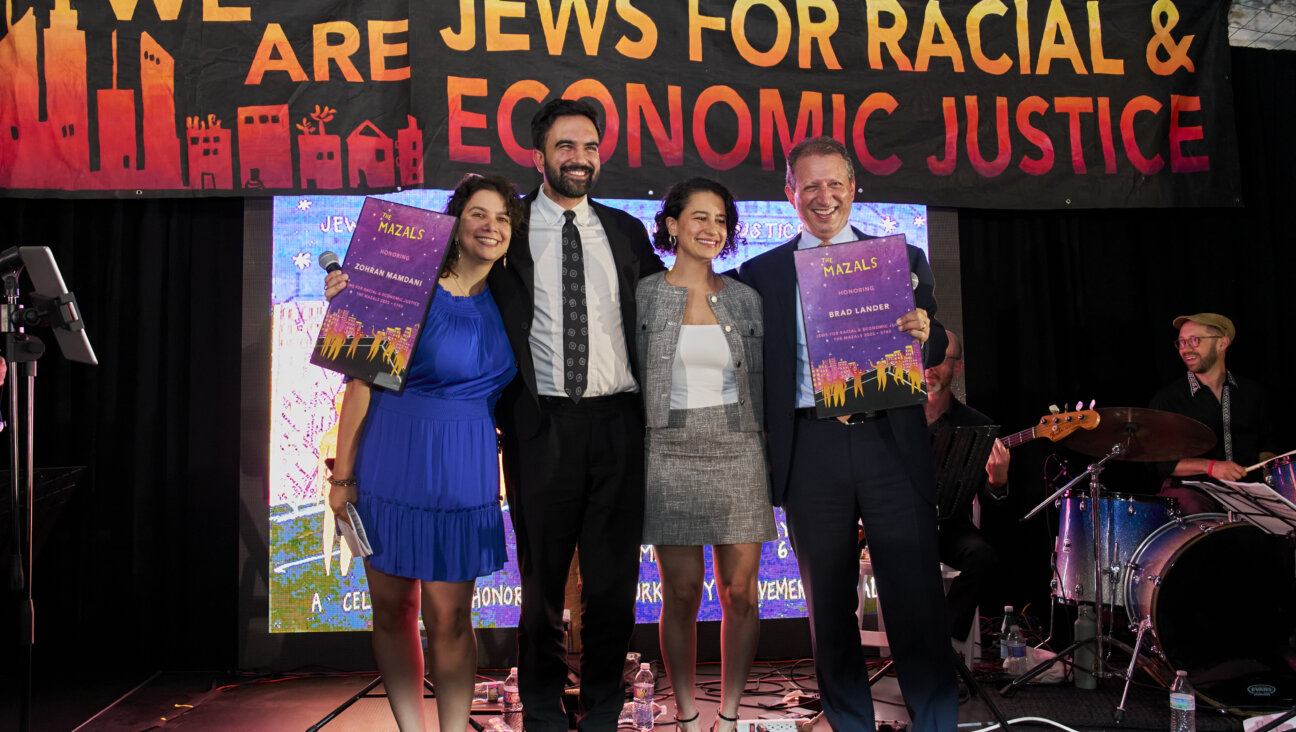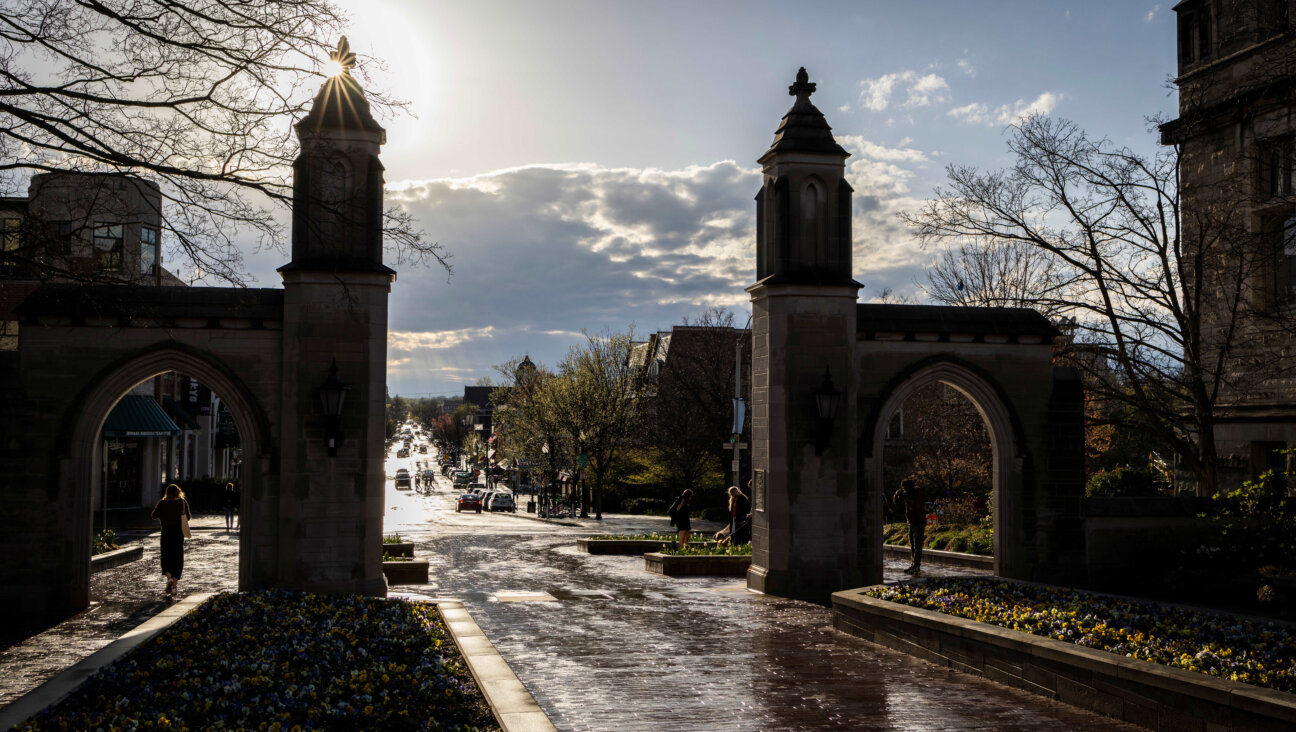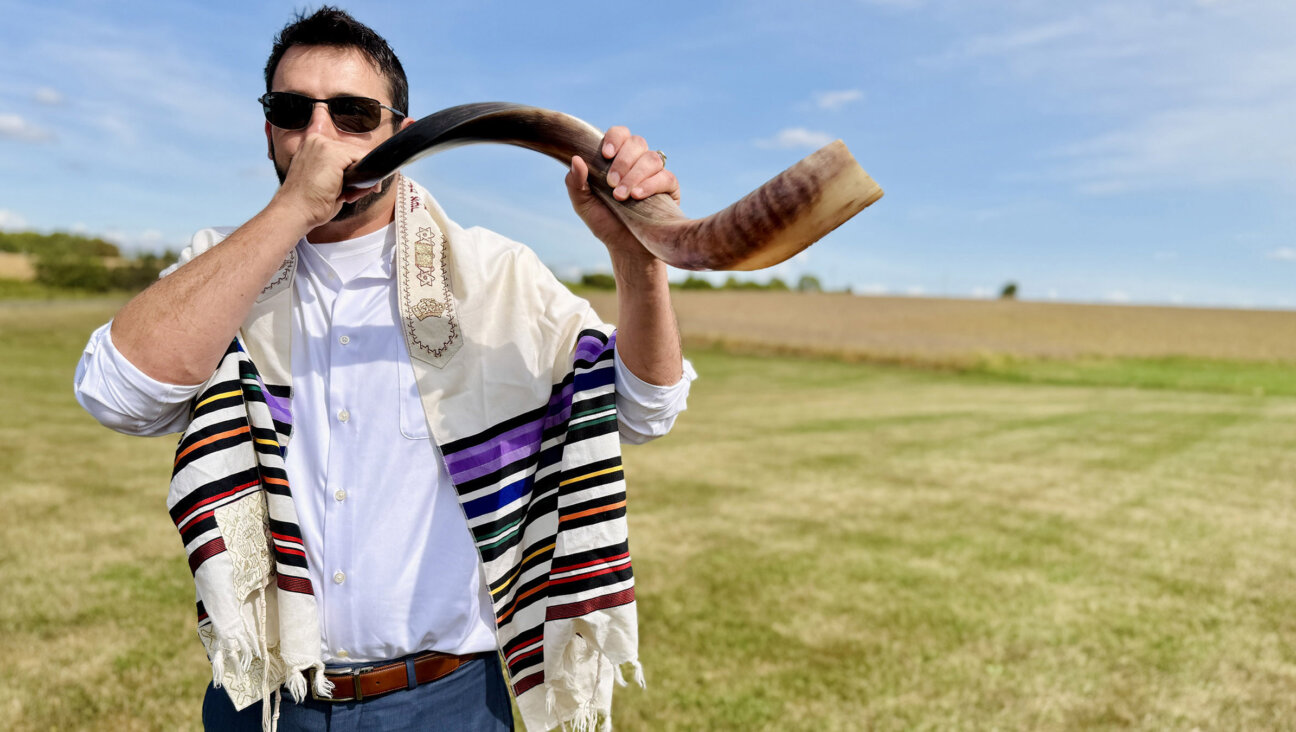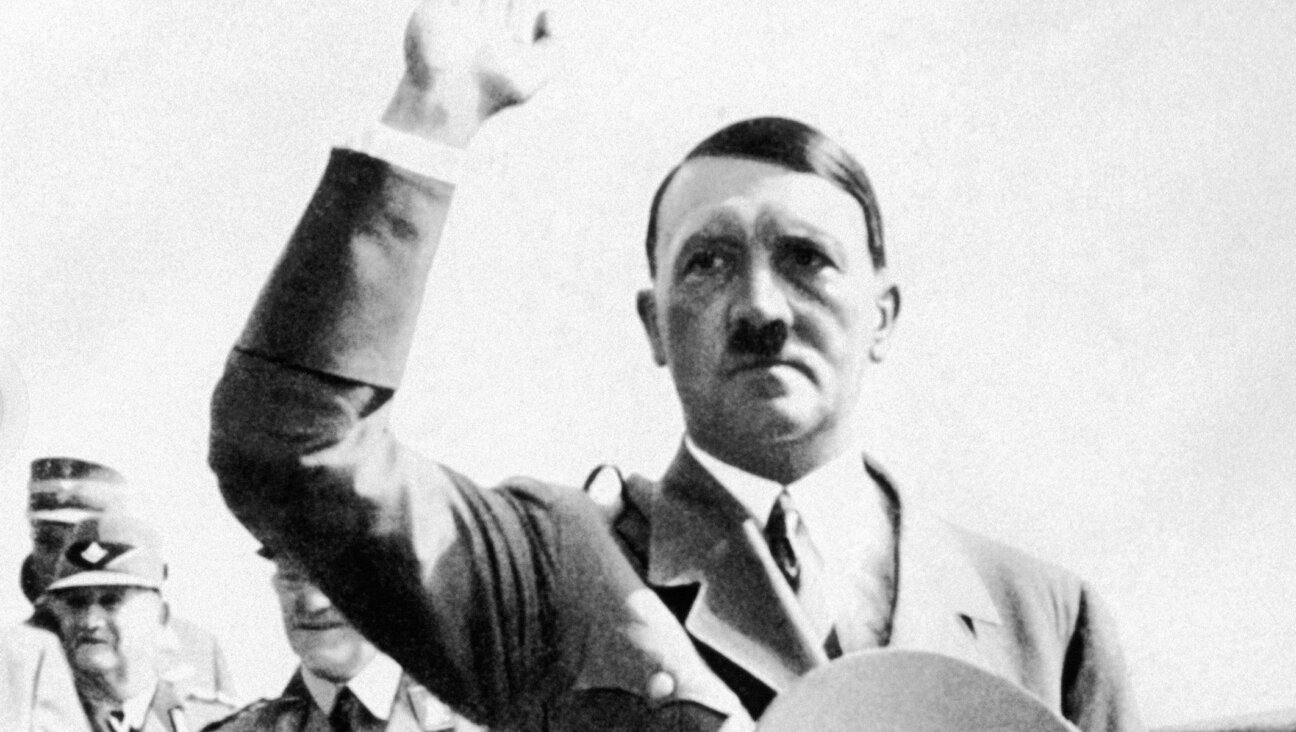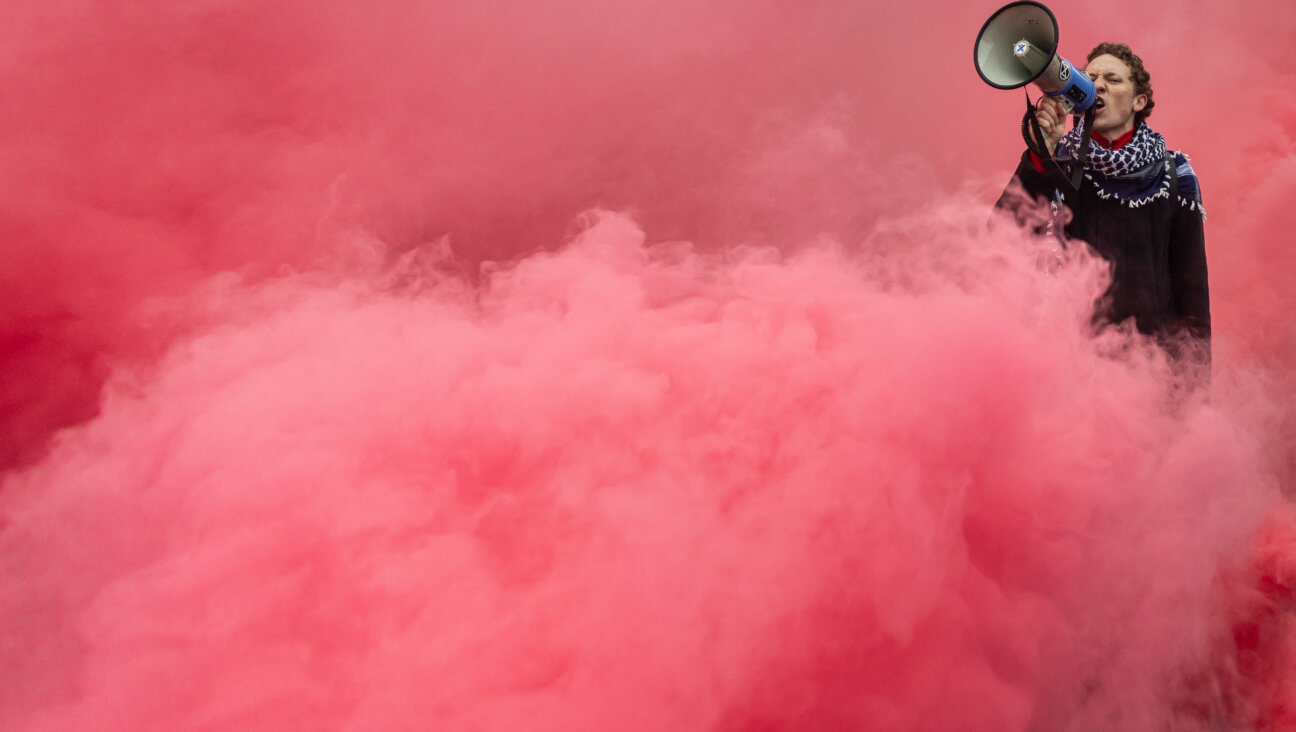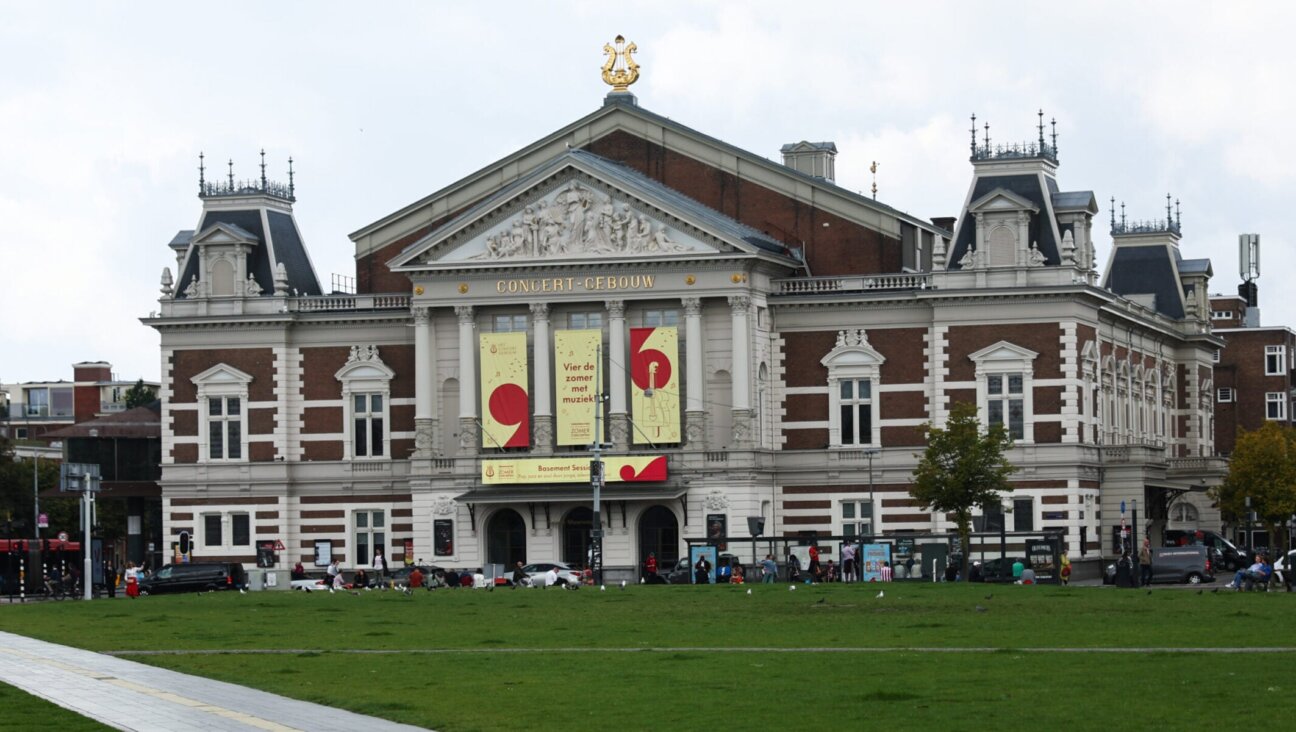YPSL Pride
Thomas Glick writes:
Mr. Glick is right on target. A squirrel in Yiddish is a veverke, and there is no Yiddish word yipsel at all. But many Jews who were young in the 1930s know what a “Yipsel” is, for there were indeed quite a few of them in those days — or, as they were known officially, members of the Young People’s Socialist League, the student arm of the American Socialist Party.
Whether “Yip” Harburg, born on Manhattan, N.Y.’s Lower East Side in 1896 as Isidore Hochberg and the author of the lyrics for such Broadway shows as “New Americana” and “Finian’s Rainbow” — and the film version of “The Wizard of Oz” — was a Yipsel himself is unclear. Although Harburg attended City College of New York, which had one of the most active YPSL branches in America, the organization’s golden age at CCNY was during the Depression years, long after Harburg’s student days, during which the YPSL was semi-moribund. Yet Harburg was a political radical who was blacklisted in Hollywood in the 1940s, and it is possible that he was nicknamed “Yipsel,” subsequently shortened to “Yip,” because of his YPSL-like views even if he never was a YPSL member.
These views were unlike those of most of the radical left, which identified with the American Communist Party and its all-out support for the Soviet Union and the policies of Stalin. On the contrary, the YPSL, especially after the mid-1930s, was militantly anti-Soviet and anti-Stalinist at the same time that some of its members believed in a world communist revolution that eventually would reach the shores of the United States. This eventually aligned them with the followers of the exiled Russian revolutionary Leon Trotsky — who, banished from the Soviet Union, accused it of establishing a ruthless “state capitalist” dictatorship and of throttling the world revolution by turning communist parties elsewhere into mere tools of Soviet foreign policy. Outraged by the 1936 purge trials in Russia, the communist formation of “popular fronts” in Europe and America with nonrevolutionary movements, and the Soviet betrayal of the anti-Franco forces in Spain, many Yipsels walked out of the pro-popular-front Socialist Party in 1938 to help found the Trotskyite Socialist Workers Party.
Thus Yipsels were known in left-wing circles for being independent mavericks. They were opposed not only to the capitalist establishment, but also to communist establishment. Never exceeding 1,000 members at any one time, the YPSL’s rank-and-file, heavily Jewish, comprised young radicals with a reputation for braininess and nonconformism that set them apart from more “ordinary” radicals. A typical Yipsel was not just an uncompromising revolutionary, but also a genuine lover of books and ideas — as interested in culture and the arts as in politics, and ready to argue at the drop of a hat. “Alcove No. 1,” the corner of the CCNY cafeteria where the YPSL chapter held court, had, in the words of ex-member Irving Howe, “an atmosphere of perfervid, overly heated, overly excited intellectuality,” and resembled, according to another “alumnus,” renowned sociologist and political scientist Daniel Bell, “a kind of heder” in its talmudic disputatiousness.
Bell and Howe were but two of the Yipsels who later went on to have distinguished literary and intellectual careers. Some of the others, whether they were actual YPSL members or close sympathizers, were Irving Kristol, Saul Bellow, Isaac Rosenberg, Gertrude Himmelfarb, Sidney Hook, Meyer Schapiro, Harold Rosenberg, Clement Greenberg, Dwight Macdonald, and Michael Harrington. Many of these figures went on to be prominent in the circle of “New York intellectuals” that gathered, in the late 1930s and ’40s, around “Partisan Review” and its semi-Trotskyite editors, Philip Rahv and William Phillips. Nearly all eventually abandoned the revolutionary thinking of Trotskyism while cleaving to its staunch anti-Stalinism. Some, like Howe, remained life-long social democrats; others, like Kristol and Himmelfarb, became associated with the neoconservative movement of the 1980s and ’90s. The most intelligently right-wing person I have ever known personally was an ex-Yipsel whose attacks on liberalism and big government made Barry Goldwater look moderate by comparison.
There is a certain nostalgia on the American left today for the communists of the 1930s and 1940s, who, despite their “mistakes” in judgment, now appear to many to have been admirably principled and courageous people. This nostalgia is intellectually and morally corrupt, since the same “admirable” individuals were involved in aiding and abetting a brutal and murderous system of government that they would have spread to America had they been able. But the Yipsels were a different story. They were indeed mistaken about many things, but they never were hoodwinked by Soviet propaganda as were numerous other Americans, including a few Democrats and Republicans, and they never lost their intellectual and moral integrity. If “Yip” Harburg owed his nickname to the YPSL, he had no reason to be ashamed.
Questions for Philologos can be sent to [email protected].

